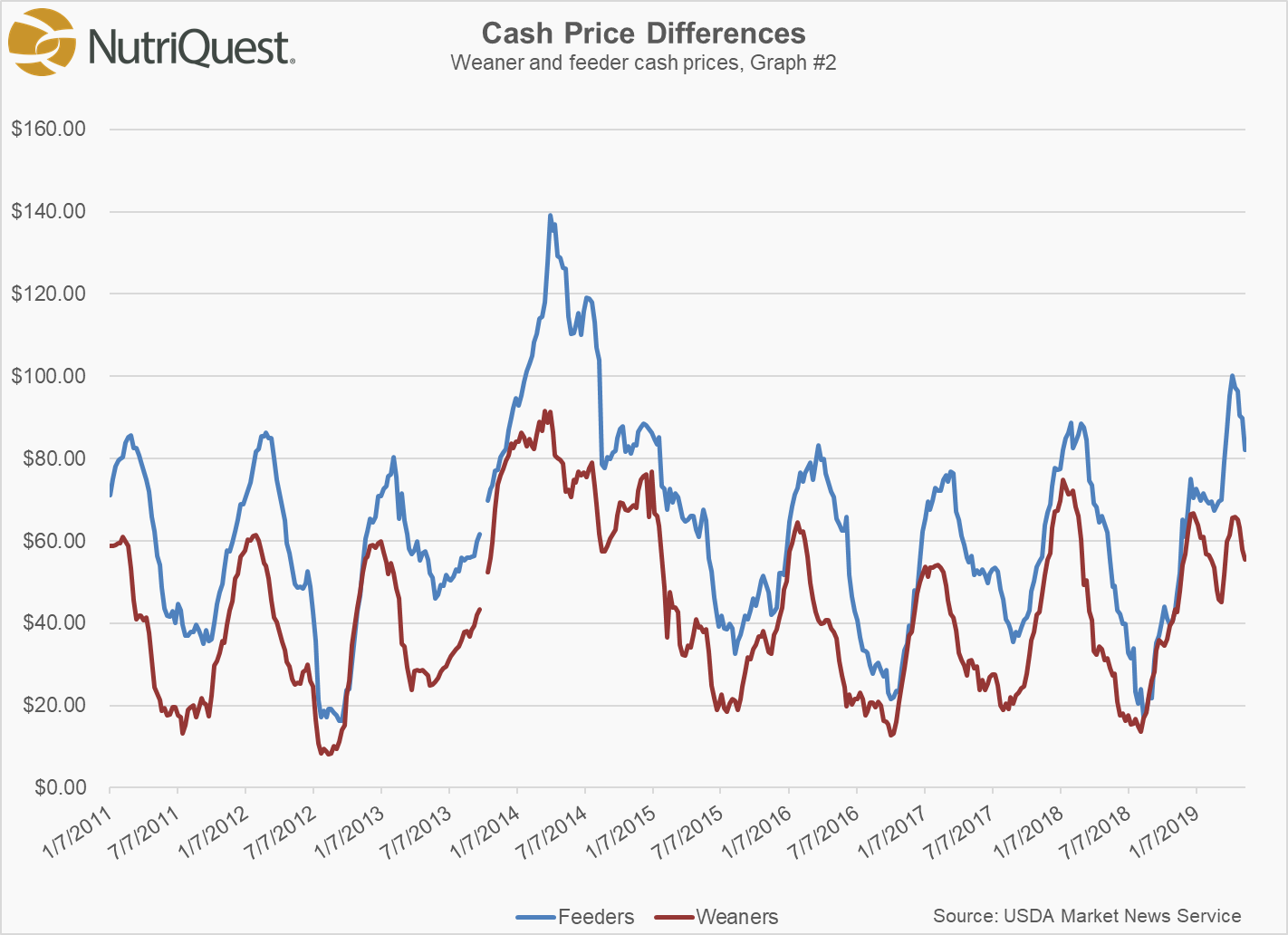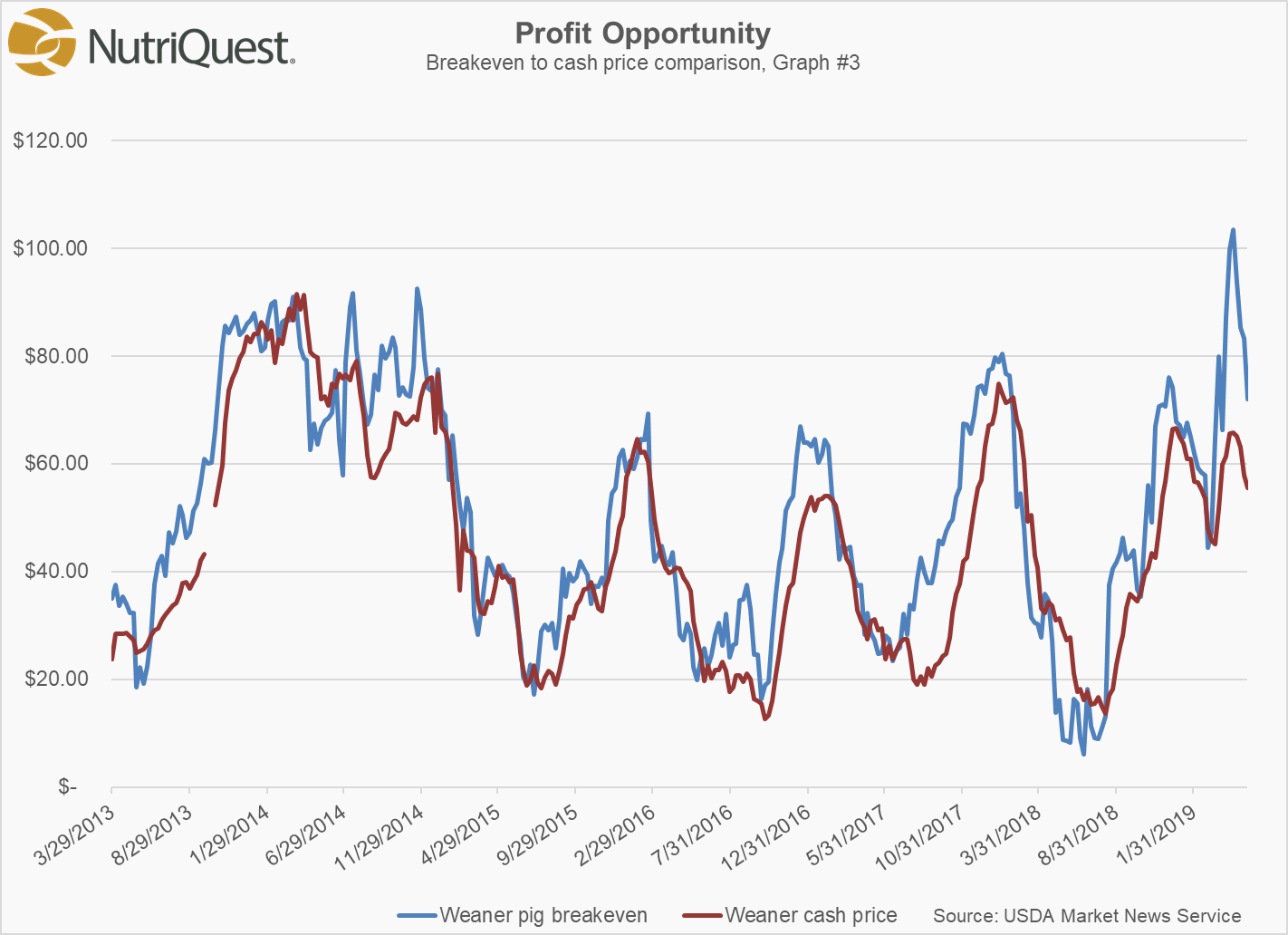CAB Insider: Grading Shrugs Off Camera Adjustments

In the recent November editions of CAB Insider, we discussed the USDA announcement and further results of adjustments to the newer grading cameras deployed by a number of packing plants earlier in 2017. Several individuals have raised the question in the meantime about what the implications will be for Certified Angus Beef brand supply and beef grading as a whole.
While the initial impact showed a noted decline in Prime, Choice and Upper 2/3 Choice product, we’ve since see not only a recovery but a significant increase in the premium grading carcasses. The first chart shows the percentage of Choice carcasses certified by USDA into premium Choice brands (the upper 2/3 of the Choice grade).

During December, premium Choice branded product was 2.4 percentage points higher than December 2016 (averaging 29.7% of Choice carcasses) while pushing into the second week of January to 32%, unheard of for that time of year.
What’s more, a look at the second chart depicts the share of Prime graded carcasses in the new year and follows the theme with grading really outperforming the norm, up to 7.5% of all steer and heifer carcasses graded.
Consideration of the new carcass maturity standards implemented in December could suggest a small increase in premium carcasses captured from that adjustment but it’s likely only a contributing factor at most. The entire Choice category in the first two weeks of the year was a bit of a different picture, posting a U.S. average of 72.4%, down 0.4 points from a year ago for those weeks.

Market Update
The cattle market last week benefitted greatly from a strong increase in Live Cattle futures. The nearby February contract improved a net $4.50/cwt. from Tuesday’s open to Friday’s close. That was driven by no fundamental industry news, but cattle feeders took advantage of bullish market sentiment and offered up cattle at much higher prices than the week prior. The trade consequently developed late Friday in the south at $122 to $123/cwt. live, and $195/cwt. dressed.
In the monthly Cattle on Feed report to be released this Friday, analysts expect an 8% increase for cattle in feedlots with capacity of 1,000 head or more as of January 1 compared to a year ago. December placements are expected 2% below a year ago, because cattle entered feedlots earlier during October/November as grazing conditions in south-central states deteriorated.
Winter snow storms over the weekend are factoring into the market this week with Monday’s steer/heifer harvest estimated at just 88,000 head compared to 118,000 Monday of last week. With feedlot cattle inventories considered current, the smaller harvested head counts early this week create potential for higher boxed beef and cattle prices.

The boxed beef market last week played out just as anticipated with a weaker tone across most subprimals. The CAB cutout was lower by $3.20/cwt., Choice was down $3.50/cwt. and Select was hit the least with a $2.70/cwt. decline. The CH/SE spread is strong for this point in January, holding at $7.10/cwt. while the CAB/CH spread is lower than a year ago and at a reasonably low level on the buy side at $8.40/cwt.
Lower prices began with the rib primal and a seasonally expected decline of 20¢ to 24¢/lb. on CAB items. Loins were in the same mode with tenderloin butts cheaper by 27¢/lb. and sirloin flap down 24¢/lb. Chuck primal prices changed least last week, down pennies on each subprimal, other than the teres major, up 14¢/lb., and on the leading edge of a long seasonally expected increase into its May peak. Round items were under more pressure as restocking caught up for the moment. Briskets adjusted lower by 15¢/lb. last week; buyers will stay “hand to mouth” till supplied for St. Patrick’s Day, likely turning away then for a price decline through February. Late that month through March presents opportunities to buy briskets at a discount before spring demand takes us to the price peak in June. Grinds were steady to firmer with CAB ground chuck up 9¢/lb., and steady ground sirloin and round. The 90% fresh lean grinding material is up 10¢ over last year at $2.15/lb. With year-ago 50% lean grinds discounted at 50¢/lb., today’s 80¢/lb. higher price is more in line with 2016 at this time.
CAB premiums didn’t falter, just shared with Choice
In the last Insider, we talked about 2017 packer grid premiums, highlighting the 10% increase in the Choice/Select spread paid through grids ($11.82/cwt. annual avg.) above the prior year. We mentioned the 4% decline in the annual average CAB premium ($4.33/cwt. premium to Choice), providing some price contrast in a year of 10% growth volume on larger-than-expected supplies of CAB product from July to September. With a more “normal” year pegging the Choice/Select spread in a range around $8/cwt., it’s clear that something different occurred in 2017. First, we had consumer demand moving farther away from Select in favor of Choice and Premium Choice branded product like CAB. Next, the 2nd quarter of last year saw packer commitments for sold-ahead Choice and higher ribs outpacing supply of cattle fitting that need. With such a premium already tacked on for Choice product, and a market spike in net price for a Choice rib, for instance, there is less room left for larger premiums for CAB product, already priced at a premium over Choice. This carried through on the cutout side as we compare Choice and CAB prices on a basket of subprimals, just as we did a year ago, with the CAB cutout averaging a smaller 5.3% premium over Choice in 2017 compared to a 6.9% premium in 2016. Middle meats normally carry a larger CAB premium at wholesale due to the preference for them as a premium product to begin with.








